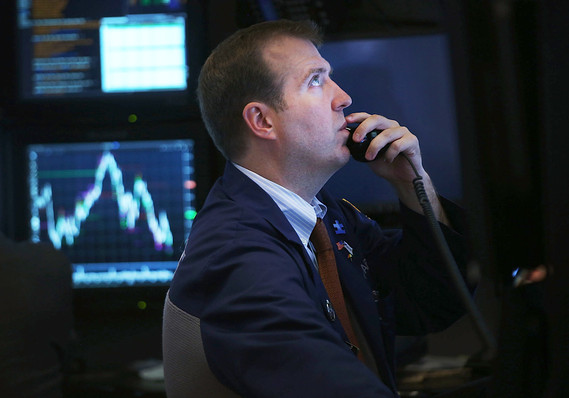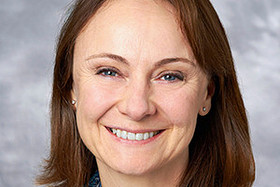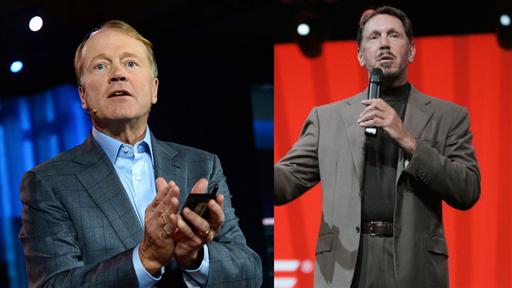By Virginie Maisonneuve

Getty Images

Enlarge Image
LONDON (MarketWatch) — As the global economy adapts to a new post-financial crisis world, multiple transitions are underway, and they are occurring at different speeds that investors must be able to handle.
This is a challenging investment landscape to navigate, and it will exhibit volatility. Absent any jarring geopolitical risk, the medium-term outlook for equities is quite positive in an environment of subdued growth and inflation amid healing economies.
Stock investors can systematically, and in measured ways, take advantage of the fears that might arise during this transition. Slowly rising interest rates — if they reflect some level of growth, even subdued — are positive for equities.
CEO pay: Who’s up, who’s down
CEOs are still making plenty of money, but a wave of investor activism is keeping a lid on growth in pay. Joann Lublin joins the News Hub with the early results from the Hay Group/WSJ compensation survey. Photo: AP.
Major changes are afoot across the global economy:
The U.S. is transitioning from quantitative easing (QE) to “tapering” to gradual normalization of monetary policy, as evidenced by the Federal Reserve’s recent statement. Consumer optimism is growing, thanks to rising asset prices. Fiscal policy is no longer a drag on aggregate demand and instead is becoming a contributor. The outlook for the job market is improving, but shifting demographics supporting lower labor participation are also helping the overall unemployment picture.
The Fed’s recent “holistic” guidance – giving indications of the timing of the end of QE and the roadmap for possible rate increases — is both an evolution of its communication format and part of this transition. While the U.K. and U.S. appear to be in the same “wagon of the train,” Continental Europe and the rest of the world are not. In fact, they may be on a different train altogether.
European disunion
In Europe, there is room for more QE as financial conditions remain tight with the repayment of the long-term refinancing operation (LTRO), sluggish bank loans and a strong euro. While Purchasing Managers Index (PMI) data in Europe show continued improvements, the combination of the underlying low-growth environment, the ongoing need for structural adjustments, and political challenges also remains.
Other challenges include the implementation of the banking union within the euro zone, unusually high unemployment, particularly for youth, and navigating disinflation in order to stave off the threat of deflation. However, those challenges are quite well known and, barring unforeseen developments, should be for the most part discounted by the markets.
The newest challenge for Europe, in the face of developments in Ukraine, underscores its energy dependence on Russia, which supplies 30% of Europe’s natural gas. And established plans to secure energy through projects such as the South Stream pipeline — intended to link the European Union and Russia through the Black Sea by 2018 — now appear derailed or at least sidelined.

Virginie Maisonneuve
Pressures on Japan and China
In Japan, the triple stimulus launched by Prime Minister Shinzo Abe 18 months ago, consisting of more flexible fiscal policy, more aggressive monetary easing and structural reforms, has brought Japan to a new era.
Structural reform may be the most challenging to implement. While Japanese wage growth seems desirable, if it is implemented in a framework disconnected from the shape of underlying demand, or if it inhibits companies’ ability to pass on some price increases, it could put pressure on corporate margins. That said, corporations continue to benefit from the weaker yen
/quotes/zigman/4868099/realtime/sampled USDJPY
-0.0959%
. If the yen remains weak, some level of on-shoring might take place over the next few years, which could help support domestic growth.
/quotes/zigman/4868099/realtime/sampled
![]()
![]() Add to watchlist
Add to watchlist
USDJPY

![]()




